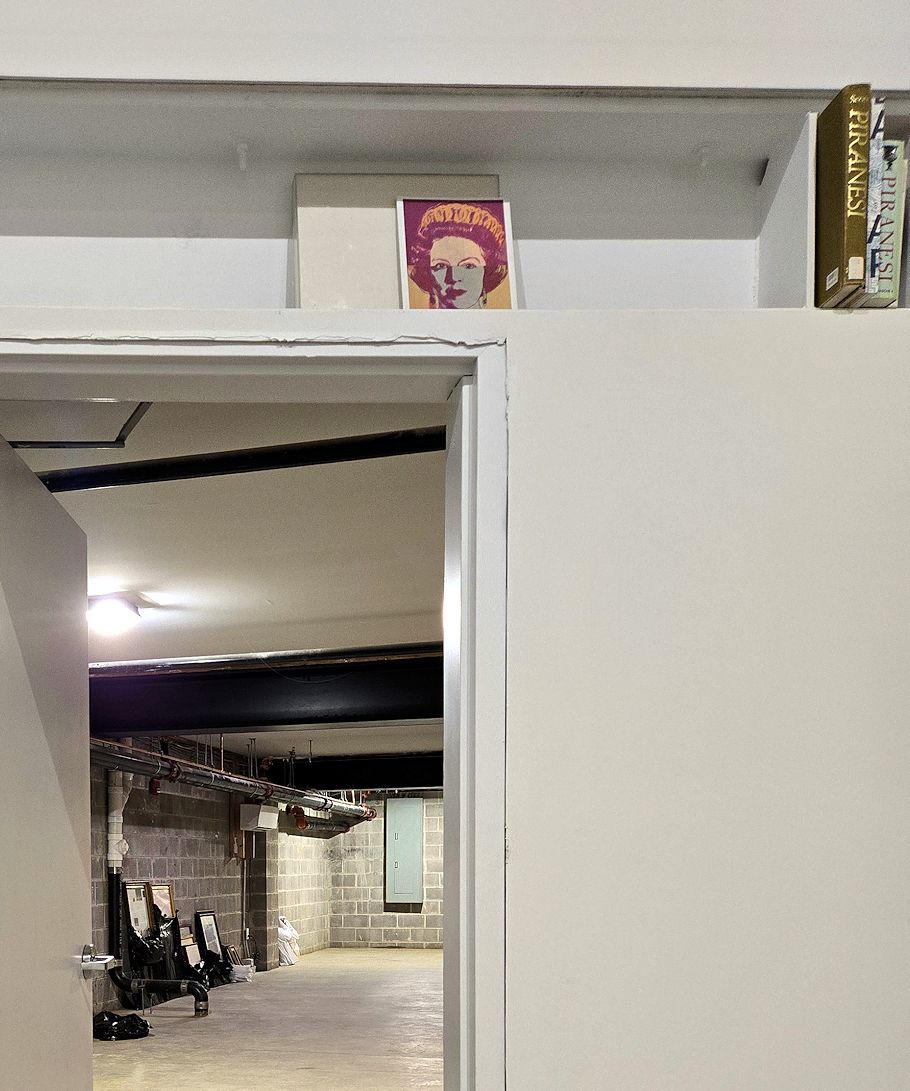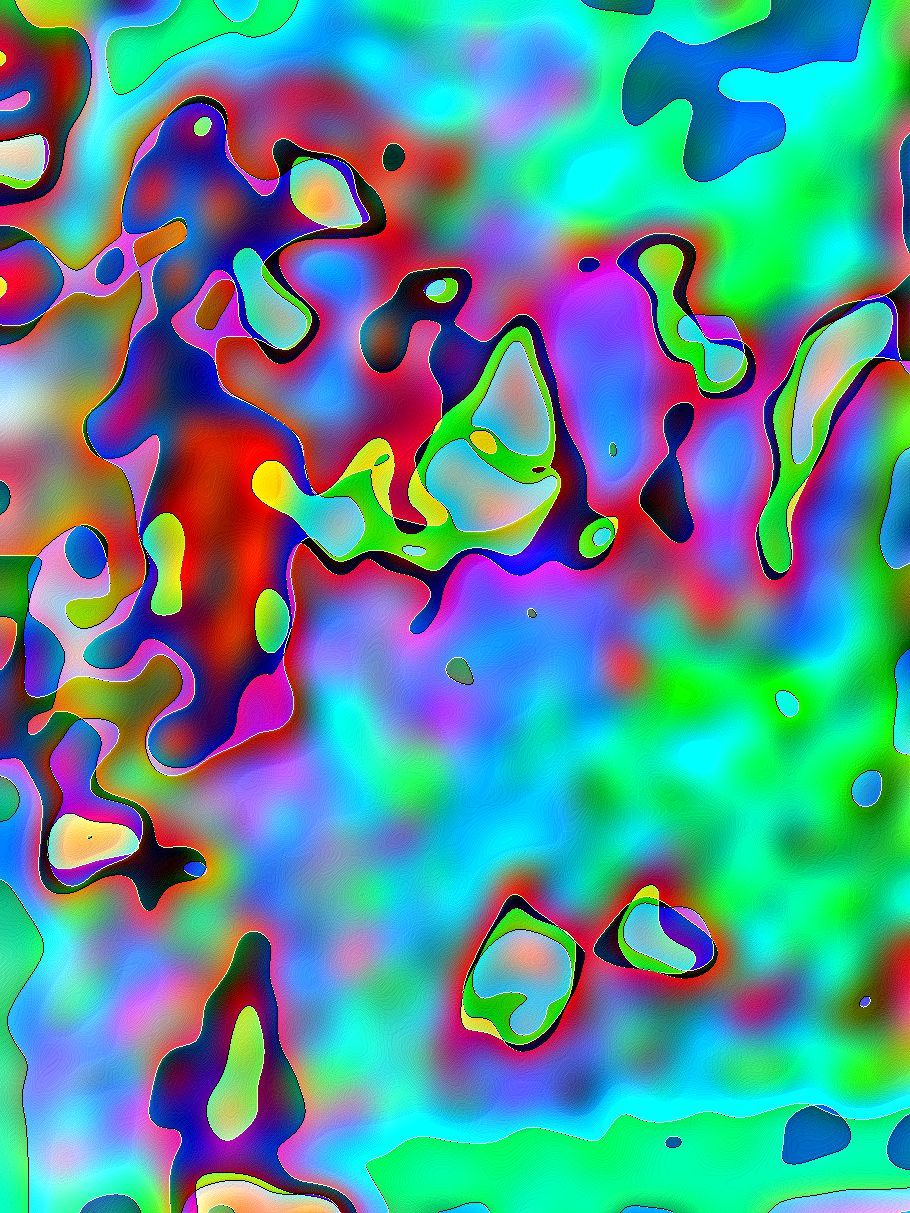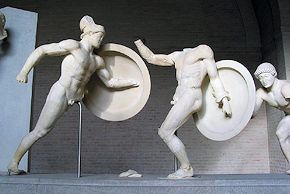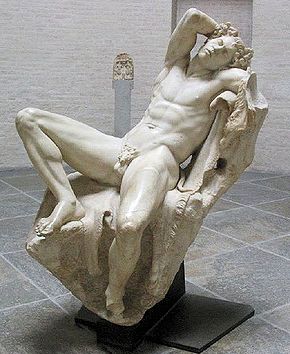2025.10.17
Extra Credit Assignment: In as few words as possible, explain the commonalities of the München Glyptothek and the quondam Philadelphia Museum of Art.
2024.10.17

451 Rhawn Gallery
2023.10.17
From The Discovery of Piranesi's Final Project:
17 October 2023 Tuesday
More of the quiet calm, like a strengthening swell, maybe.
I did think about perhaps seeking out any of the other American-born descendants of Ferdinand Lauf and Juliana (Arndt) Lauf. I wonder who presently lays claim to the Lauf farm in far south-western North Dakota. At this point, my brother and I might just be the last of the generation of Ferdinand and Juliana's great grand children, with the generation of great great grand children being close to my brother and I in age.
2020.10.17

Virtual Painting 568
2009.10.17
Duchamp to direct THE LUCKY BUMS
"The same "sense of loss" that supports history and mourning also supports the damnatio memoriae, which is both an enforced and denied nostalgia. There must be a sense that something has fallen out of representation, that it was at one time but it is no longer--a sense that something has been lost. If not, then memory truly fails and with it the force of the damnatio memoriae. The force of the rehabilitation has much more to do with the re-enactment of the death and condemnation of Flavian than with an account of the events of 394. The survivors have always remembered Flavian, but it is only after the rehabilitation that they can "satisfy the debt of duty owed the dead"--that is, acknowledge the irremediable fact of his loss, through the act of mourning. The writing of history, too, is motivated more by guilt and a desire to mourn than by a desire merely to evoke. The survivor is the one who remains to see that the proper rites are performed for the dead and for that part of the self which has perished, and in the end compulsively to rehearse that loss once again by writing the history" [re-accurately].
--CWH [SL]
The virgin wolfs, the Hirpini and the snails (spirialing), at the end of the axis of war.
So there was a connotation after all.
The Eutropia question.
"You do know the Sabine word for wolf, don't you?"
The Jennewein question.
"Is the axis of war the sacred axis or the profane axis?"
The Adam observation.
"Look, she dropped another hair pin."
The Duchamp question.
"Are reenactments virtual or real?"
The two Ps in Hopps.
2007.10.17
historical reenactment picture of the day
This is what I saw last night:
Daniella Mericle's two-channel video from her 2006 project History Sighs presents fixed-frame landscape views from original, antipodal landing sites of colonial conquest. The sun sets over the Arabian Sea, (filmed from Gujarat, where the British first made contact with Indian soil) as it rises over the Atlantic Ocean from Salt River Bay, St. Croix (a Columbus landing site and setting of the first-known violent confrontation between Europeans and American natives). Mericle's exploration of these two locations prompts speculation about history's ability to manifest its theoretical and material legacy within the physical landscape.
I told the artist her work had an interesting reenactionary quality (to which she agreed completely), and how some degrees of separation collapsed by now standing next to her while the sun was rising and setting again.
2007.10.17
Eisenman debates Wolf D Prix at a crit -- Google Video

...and he subliminally means Barberini.

2005.10.17
Edmund Bacon, Dead at 95
I can still hear his voice over the phone, although he hasn't called me in [almost exactly] 13 years. "Who owns that [computer] model [of Center City Philadelphia]?!?" Although it could be a complete coincidence, but I suspect he called me because he saw my design idea for the Benjamin Franklin Parkway featured on a WHYY/TV12 Spotlight the night before.
2003.10.17
Drugs R Us
The present project is the construction of a 3D computer model of the censored part of Étant donnés, i.e., the room accessible by the back door via "2 KEY". This virtual construction is within the larger context of the 3D computer model of Center City Philadelphia in Quondam's collection.
It is written that only one person at a time can look at Étant donnés. This assertion was tested 25 July 2001 by myself and my then assistant. I looked through the left peephole with my right eye and the assistant looked through the right peephole with her left eye, and we saw Étant donnés simultaneously.
Is any of Rhoades' show in braille?
"What did the blind man say when he pet the pussy?"
Remember, always pant when you say panty.
|